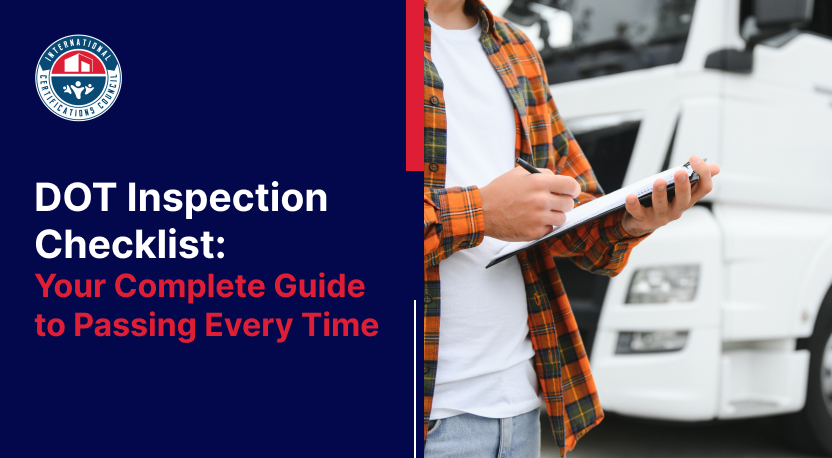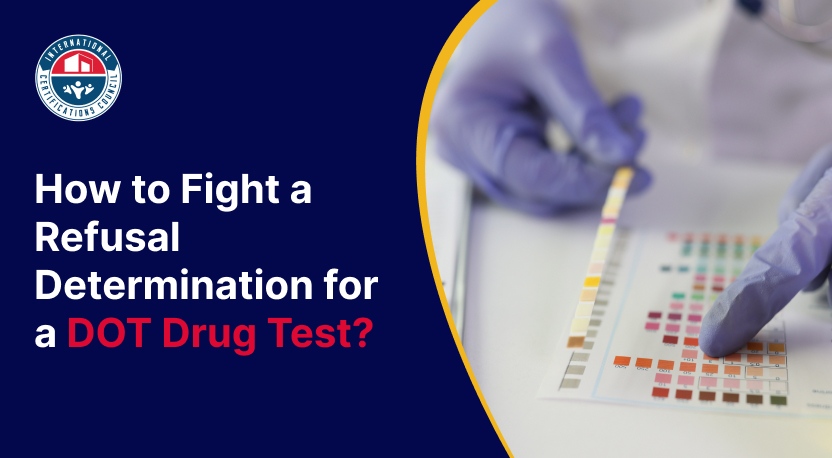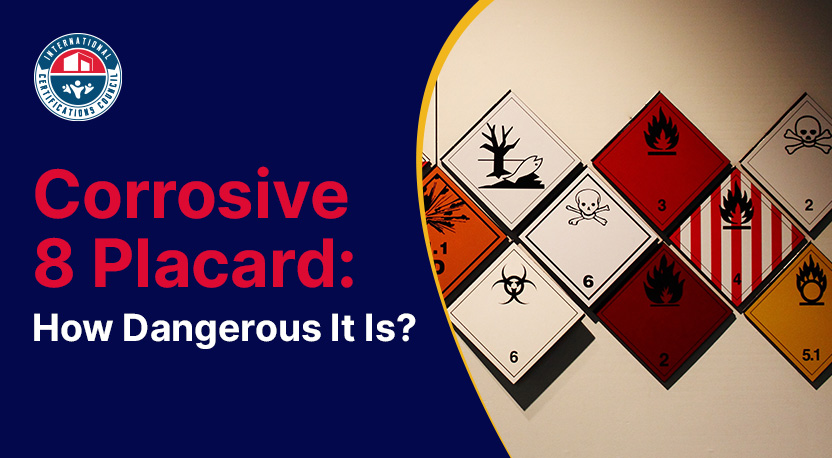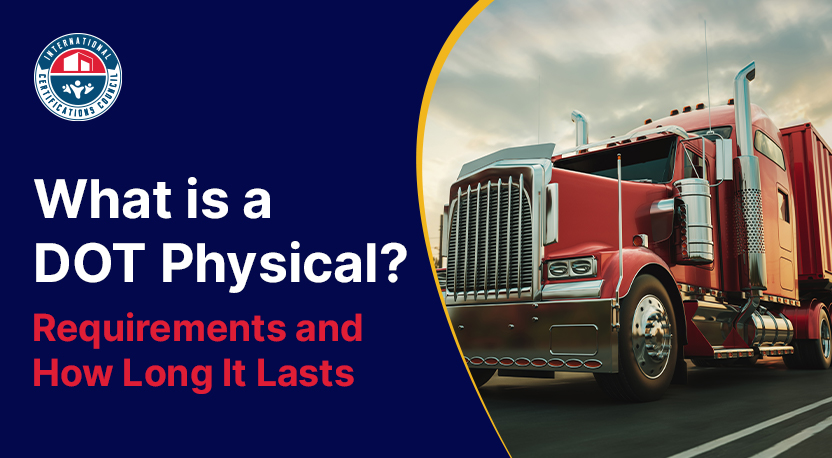What Is a 9 Panel Drug Test?
Picture a 9‑panel drug test as a broad safety sweep. You pee in a cup, and the lab checks that sample for nine common drugs or the traces they leave behind. In short, this test digs deeper than the basic 5‑panel and spots extra street and prescription drugs a smaller screen could miss. Employers lean on it for hiring and compliance because the wider net spots recent use quickly. That quick insight lets you decide next steps with confidence. The standard 5‑panel screens for marijuana, cocaine, opiates, amphetamines, and PCP. A 9‑panel keeps those five and adds four more risky drugs. You get wider protection without breaking the budget, making it a smart pick for any workplace that wants to stay safe and drug‑free. You’ll see 9‑panel tests written into company policies, rehab programs, court orders, and other settings where a thorough check matters. The aim stays simple: flag any drug use fast. When the screen turns up something, the lab runs a confirmation test to double‑check and keep the results rock‑solid.What Is Included In A 9 Panel Drug Test?
A regular 9‑panel urine screen looks for nine drug groups at once. It covers both street drugs and prescription meds people often misuse. Here’s the full lineup:- 6‑Acetylmorphine (6‑AM) - A tell‑tale heroin marker; if it shows up, heroin was used.
- Amphetamines / Methamphetamines - Uppers like amphetamine and meth that boost energy and focus.
- Barbiturates - Powerful sedatives (think phenobarbital) that slow the nervous system.
- Benzodiazepines - Calm‑you‑down meds such as Valium or Xanax that can be habit‑forming.
- Cocaine (metabolites) - Evidence of cocaine use once the body breaks it down.
- Marijuana (THC metabolites) - Cannabinoid leftovers that confirm recent cannabis use.
- MDMA (Ecstasy / Molly) - A party drug with both stimulant and hallucinogenic effects.
- Opiates - Classic painkillers like codeine and morphine; overlaps with 6‑AM for heroin.
- Phencyclidine (PCP) - A dissociative drug, nicknamed “angel dust,” known for risky behavior.
How Is a 9 Panel Drug Test Done?
Here’s step-by-step process to get your 9 panel drug test done:Provide your sample
- You give a urine sample in a private restroom.
- A test administrator may check the sample’s temperature or observe the collection to stop tampering.
Immediate on‑site screening (optional)
- An instant cup uses strips for each drug class.
- A line (or no line) shows a negative or positive result right away.
Lab process for higher accuracy
- The lab runs an immunoassay screen that flags drugs above set cutoff levels.
- Any positive screen goes through GC/MS or LC/MS‑MS confirmation to remove false positives.
Result turnaround
- On‑site screens can show results the same day.
- Confirmed lab results usually arrive in 1-3 days.
Report format
- Each drug shows “negative” or “positive.”
- If positive, the lab may include the exact concentration.
Why urine is preferred
- Urine keeps drug traces longer than blood, yet is still quick and painless to collect.
- About 85 % of employers that test choose urine panels.
Other sample options
- Saliva detects very recent use but has a shorter window.
- Hair tests spot use up to 90 days back but cost more and take longer.
How Long Can Drugs Be Detected?
Every drug has its own “stay time” in your system. How long it lingers depends on things like your metabolism, how often you use, and the drug itself. Here’s the typical range:- Cocaine - Its leftovers stick around about 2-3 days.
- MDMA (Ecstasy) - You’ll usually test positive for 1-3 days.
- Amphetamines - Expect 1-4 days of detectability; meth often pushes toward the 4‑day mark.
- Opiates (codeine, morphine) - Most clear within 1-4 days.
- Heroin (6‑AM marker) - Shows up fast and fades fast, lasting 1-2 days, but it’s a sure sign of use.
- Marijuana (THC) has a notoriously variable detection time. For an occasional user, a single use might be detectable for up to 5-7 days. In a regular daily user, THC can accumulate and produce a positive test for 10-30 days after last use. This wide range is because THC is fat-soluble and stays in the body longer, especially with frequent use.
- Benzodiazepines and Barbiturates have detection windows that depend on their half-lives. Short-acting benzodiazepines may only show for about 2 days, whereas long-acting ones can be detected for a week or more. Barbiturates can range from 2 days for short-acting types to 1-3 weeks for long-acting ones.
- Phencyclidine (PCP) is relatively long-lasting in urine. A single use might be detectable for up to 7-14 days (around two weeks) after use.
Why Do Employers Use 9 Panel Tests?
You choose a 9‑panel drug test for several smart, safety‑driven reasons:- Safety first. A 9‑panel test flags nine drugs that can slow reflexes or cloud judgment.
- Broader coverage. It includes the SAMHSA‑5 plus benzodiazepines, barbiturates, and other misused prescriptions.
- Higher detection rate. 5.7% of the U.S. general workforce tested positive for drugs.
- Accident prevention. Roughly 10-20% of workplace fatalities involve drugs or alcohol.
- Lower health costs. Early detection cuts medical claims tied to substance misuse.
- Strong deterrent. Random, comprehensive testing encourages employees to stay drug‑free.
- Regulatory compliance. Safety‑sensitive sectors often require expanded panels.
- Competitive edge. A clear, enforced policy shows recruits and clients you value safety.
Variations of the 9 Panel Test and Legal Considerations
Different 9‑panel versions let you tailor testing to laws and workplace goals:- Skip THC in legal‑cannabis states. A “9‑panel w/o THC” drops marijuana and adds drugs like methadone, oxycodone, propoxyphene, or methaqualone.
- Understand why. Roughly 9% of employers planned to remove THC in 2021 to stay competitive where cannabis is legal.
- Know the exception. DOT‑regulated and other federal workplaces must keep THC because federal law still lists marijuana as illegal.
- Pick the right sample type.
- Urine dominates for cost and 1-4‑day detection windows.
- Saliva shows ultra‑recent use (1-2 days) and works well for post‑accident or reasonable‑suspicion tests.
- Hair looks back up to 90 days, but costs more and takes longer.
- Confirm every positive. Certified labs run GC/MS or LC/MS‑MS to verify results and avoid false positives from legal meds or even certain foods.
- Stay compliant. Always match your panel choice to local laws, industry rules, and company policy.
Conclusion
A 9‑panel drug test helps you promote safety and accountability. You screen nine common drugs, from marijuana and morphine to methamphetamine using a simple urine sample. Results arrive in days, and detection covers a few days to several weeks, depending on the drug. As drug‑use rates stay high and about one‑fifth of workplace accidents involve substances, early detection makes smart business sense. When you follow legal updates, confirm positives, and provide DOT supervisor training, you strengthen compliance and protect everyone. Whether you take the test or manage the program, you now have the insight to stay informed, compliant, and safe every day on site.More Useful Links:
DOT Hazmat Training






